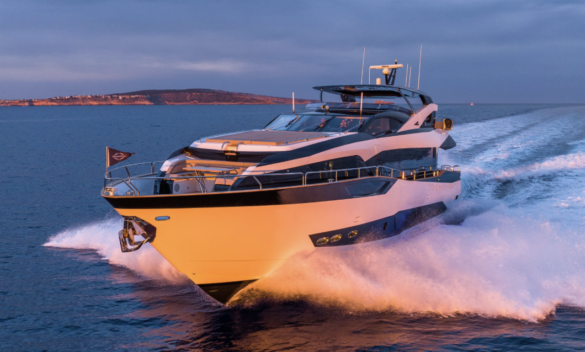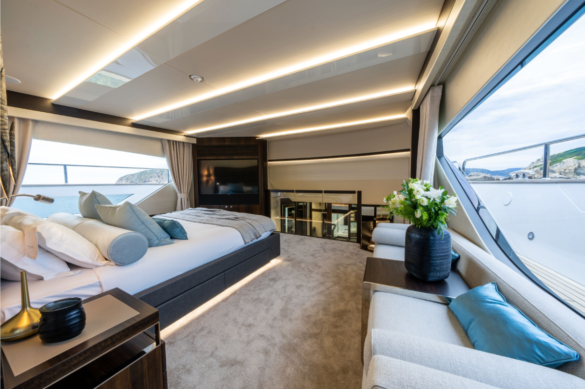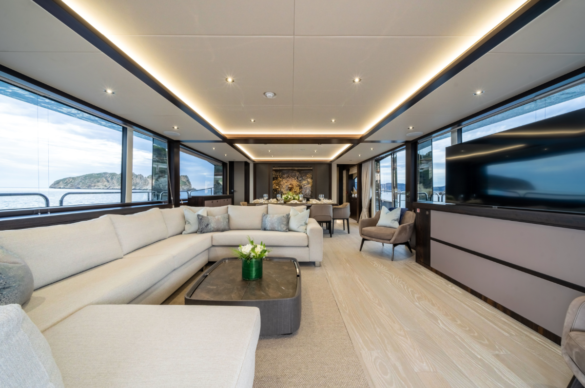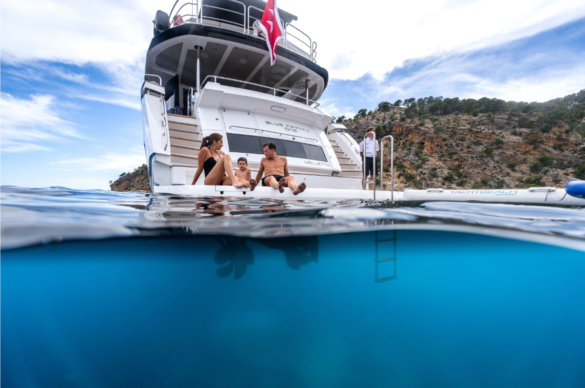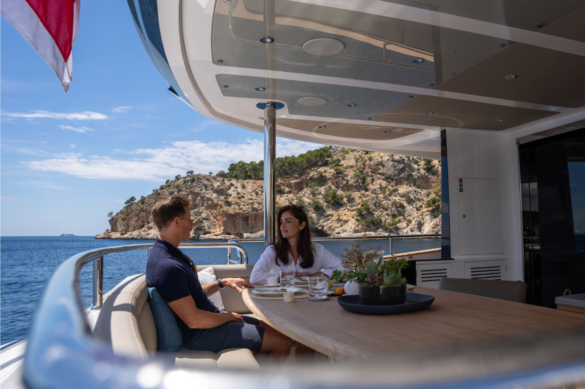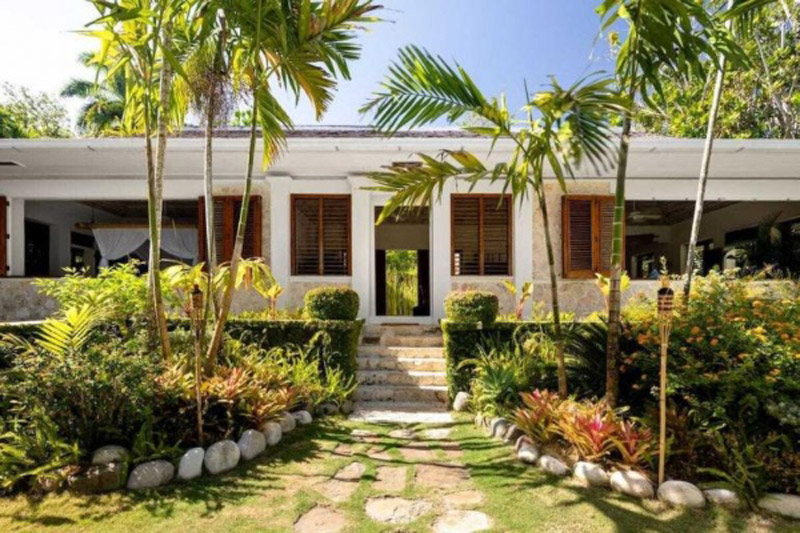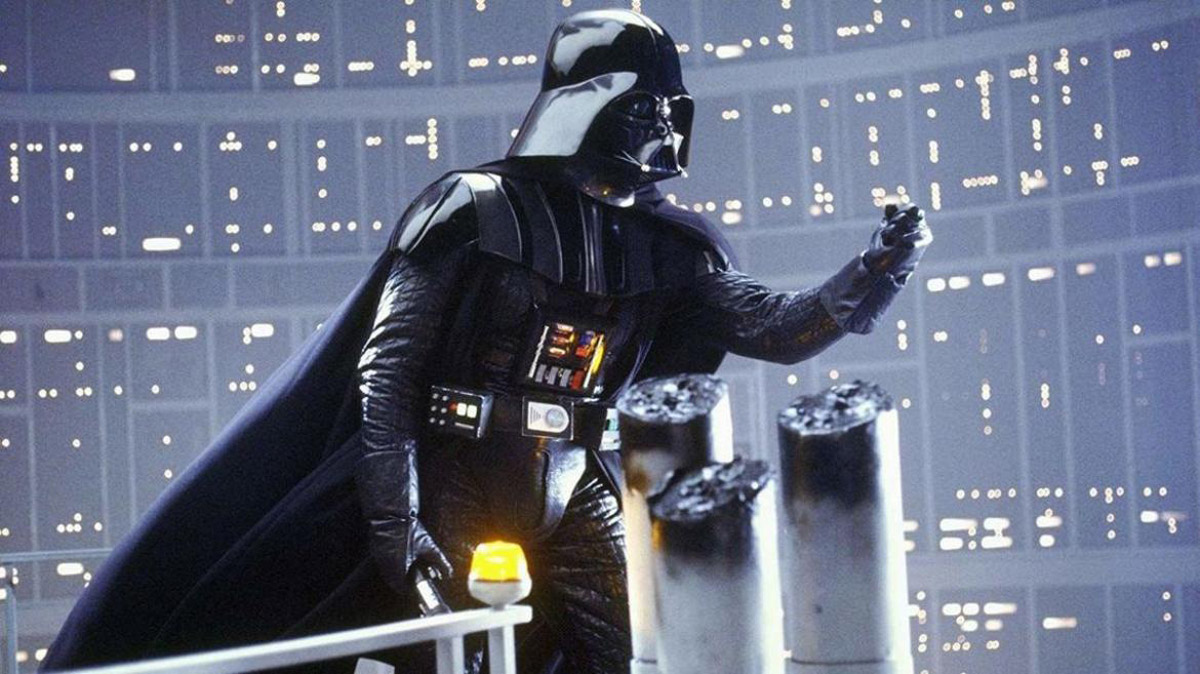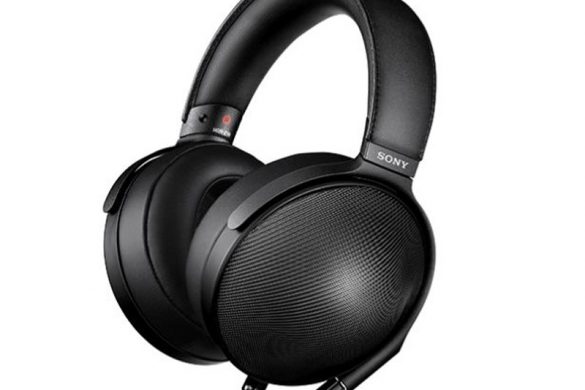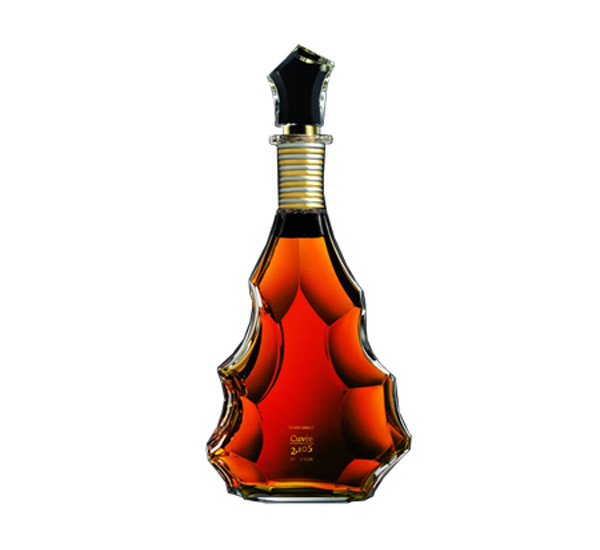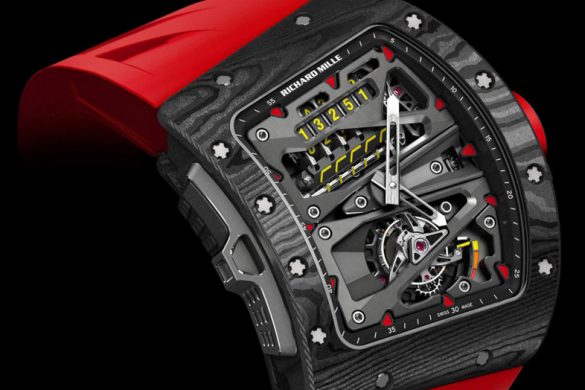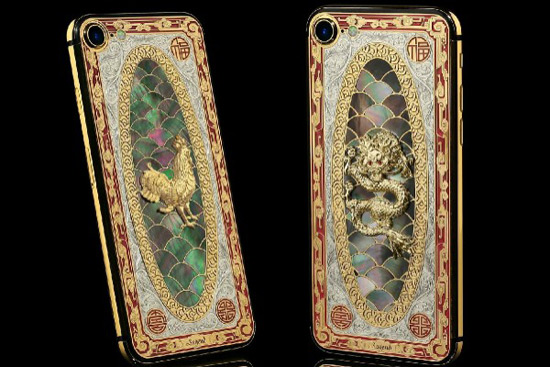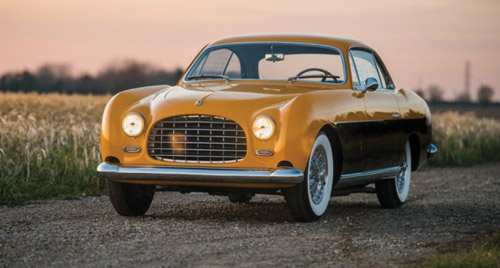
1929 Brough Superior SS100 – World’s Most Expensive Motorcycle
Brough Superior, the Rolls Royce of motorcycle world never fails to attract interest. European auctioner H&H set a new record for sale of a 1929 Brough Superior SS100 at The Haynes International Motor Museum. The bike became the world’s most expensive motorcycle with its price tag of $455,400.
1929 saw 29 SS100s produced in Pendine and Grand Alpine form with the option of the B and D sprung frame and the three speed ‘super heavyweight’ gearbox, although a few are believed to have been built with the standard unit. 1929 also saw the introduction of the new dual headlight, as fitted to the machine offered, although not all the 1929 SS100s were so equipped, H&H says.
A number of manufacturers have sought to produce the “ultimate” motorcycle, a machine with that intangible blend of performance, handling, quality, looks and that little “something” extra that places it above and beyond its competitors. A number have got close, but have not been able to make the transition from contemporary ultimate to achieving an enduring status as the pinnacle of desirability, that accolade falls to two manufacturers, Brough Superior and Vincent. Both machines were the result of one mans search for perfection, both were and are exclusive, admired by all and possessed by a select few, as desirable now as they were when built, however the Brough Superior did something that had not been achieved before, paving the way for the later Vincent, it became an object of desire for all. George Brough’s customers included the aristocracy and royalty, the Brough Superior became one of the most desirable machines built, accepted and admired as much as a Rolls Royce or De Haviland Comet by all sectors of society, motorcyclist or not.
George Brough had learnt his trade whilst working at his fathers Brough company, but a divergence in views regarding motorcycle design, prompted George to establish his own company in a prefabricated concrete building at Haydn Road in Nottingham.
Advertisements for the first Brough Superior, the Mark 1, appeared in the press during November 1920 and orders were forthcoming, however, George Brough was not satisfied with his new machine and started development of a “super sports” model, the SS80, that became available during 1923. As with all his products, the SS80 was not a response to the views of the press and other “experts”, it was developed by George Brough to meet his standards, tested and evolved by him. It was followed in 1925 by the SS100, an overhead valve 1000cc that was inspired by by Le Vack’s record holding machine.
The new machine was guaranteed to be able to reach the magic 100mph mark, but just as importantly it offered exceptional handling, braking and good looks. During the first year of production 69 of the JAP KTOR, delivering 45 bhp, powered machines were built. All were fitted with the patent “Castle” fork and three speed Sturmey Archer gearboxes and sold for £170. Little changed for 1926, although the “Alpine Grand Touring” was now available having been announced at the the end of of 1925 and at the 1926 Show the stripped down, tuned version of the SS100, the Pendine was shown for the first time. 1927 was a quiet year for the SS100 with the company focusing on the new “680”, however for 1928 the SS100 received a new “super heavyweight” Sturmey gearbox to cope with the increased power output delivered by the JAP JTOR engine that had supplanted the KTOR as the standard fitment in the SS100. 1928 also saw the introduction of the Bentley and Draper sprung frame.
1929 saw 29 SS100s produced in Pendine and Grand Alpine form with the option of the B and D sprung frame and the three speed “super heavyweight” gearbox, although a few are believed to have been built with the standard unit. 1929 also saw the introduction of the new dual headlight, as fitted to the machine offered, although not all the 1929 SS100s were so equipped.
The beautiful example offered was purchased by the vendor as a complete, original machine in need of a complete restoration. It was restored between 2000 and 2001 and has subsequently been used extensively travelling to Scotland, Spain, France, Austria and Italy. The vendor describes the machine as being in excellent condition in all respects. It is offered with a Swansea V5C and a dating certificate. [H&H]

